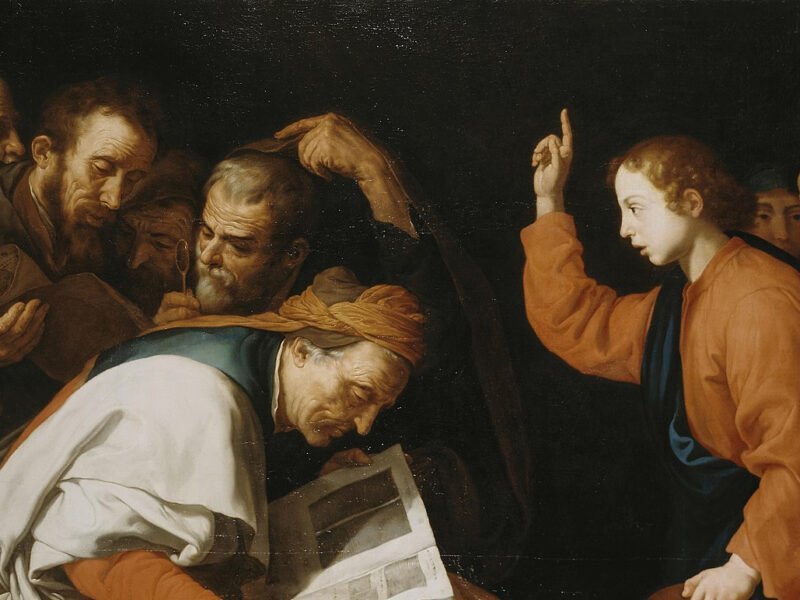Melanchthon and Anglicanism
I spent an interesting twenty minutes on Monday reading an article entitled, “The Anglican Appeal to Lutheran Sources: Philipp Melanchthon’s Reputation in 17th Century England” by Dewey D. Wallace Jr., which first appeared in the Journal of the Historical Society of the PEC in 1983. In it, Wallace outlines the Philippist influence on the English…












